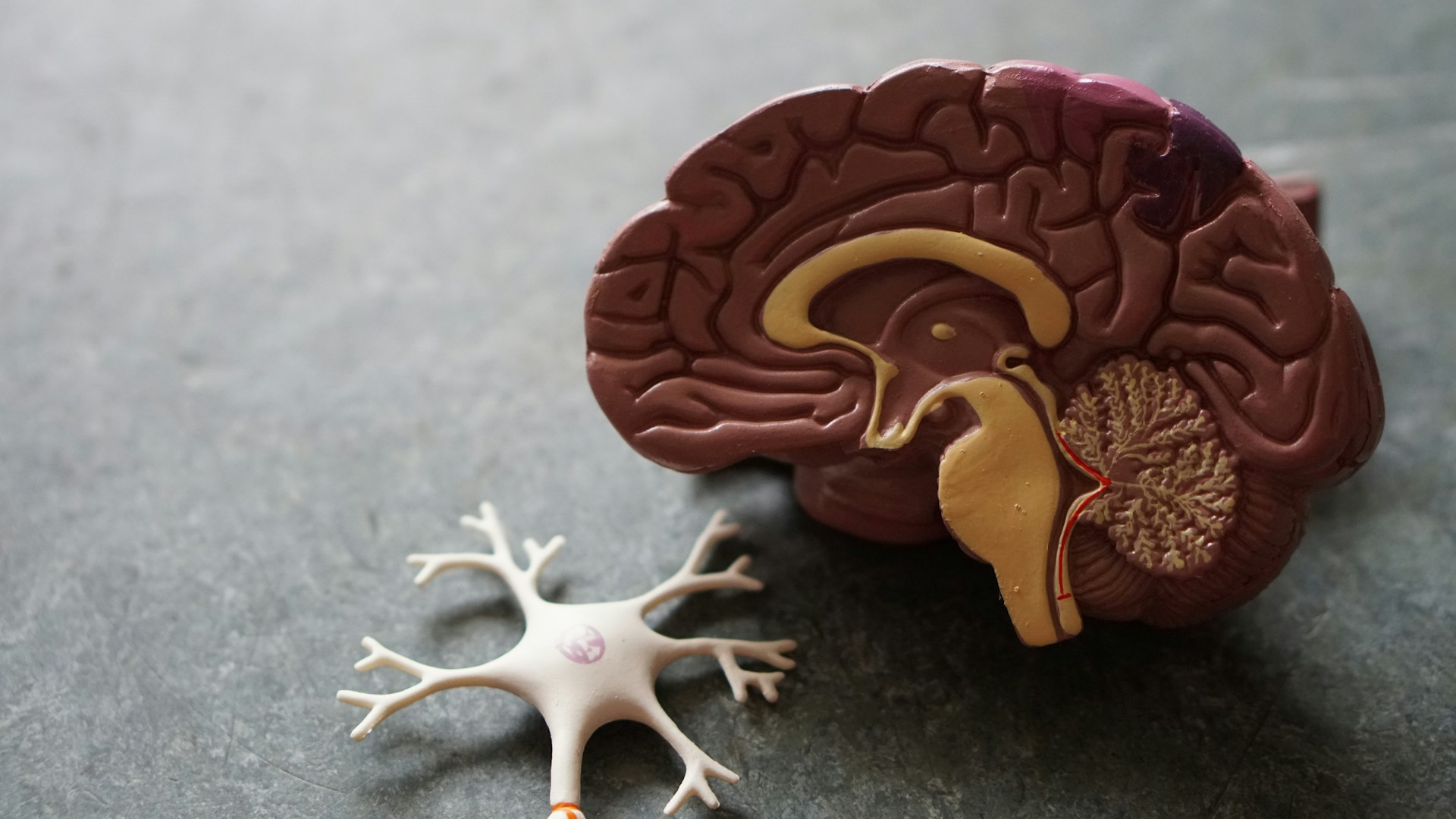Predictive Coding System for Chronic Perceptual Disorders
This research studies how a disrupted predictive brain system can lead to chronic conditions such as tinnitus and pain.

Description
Researchers
Dr. Anusha Yasoda-Mohan & Prof. Dr. Sven Vanneste
(BRAI3n/Trinity College Dublin)
Background and goal
The project starts from the theory of predictive coding, which states that the brain constantly makes predictions about the outside world. When there is a difference between expectation and reality (a 'prediction error'), the brain adjusts its internal model.
Chronic perceptual disorders — such as tinnitus and chronic pain — occur when this predictive system is disrupted and the brain continues to perceive the wrong signals even though the original stimulus has disappeared.
The aim of this research was to understand how this predictive system develops throughout life, which neurological and biochemical factors contribute to the transition from an acute to a chronic condition, and which environmental, genetic and developmental factors make someone more vulnerable to such disorders.
Operation
Analysis of existing literature and research data on tinnitus and chronic pain from a predictive coding perspective.
Comparison of acute, transitional and chronic phases of these disorders using:
EEG and ERP measurements (such as mismatch negativity and P300)
Imaging (fMRI)
Neurotransmitter analyses (GABA, glutamate, dopamine, norepinephrine)
Psychosocial factors (stress, anxiety, sleep, depression)
Integrating clinical findings with a life-course approach to understand the development of the predictive system from childhood to adulthood.
Results
The brain uses predictive coding as a basic mechanism for perception, but this system can be disrupted by stress, hearing loss, trauma, or genetic predisposition.
Both tinnitus and chronic pain appear to be based on a maladaptive form of prediction, in which the brain continues to experience erroneous stimuli as “normal”.
Both disorders identified changes in the same brain networks, including the prefrontal cortex, cingulate cortex, and insular, suggesting a shared neurobiological mechanism.
Psychological factors such as depression, anxiety and sleep disorders play a key role in exacerbating and perpetuating these symptoms.
These insights provide a new framework for identifying biomarkers and developing future preventive or neuromodulatory treatments.
Conclusion
This project provided an innovative theoretical and clinical framework for understanding chronic tinnitus and pain from a predictive coding perspective. The results help to recognize early risk factors and contribute to the development of new, personalized neuromodulation therapies.
Other research projects
Ready to take the first step?
Our specialists are here to help you. Find out what treatments are possible or schedule a consultation.
